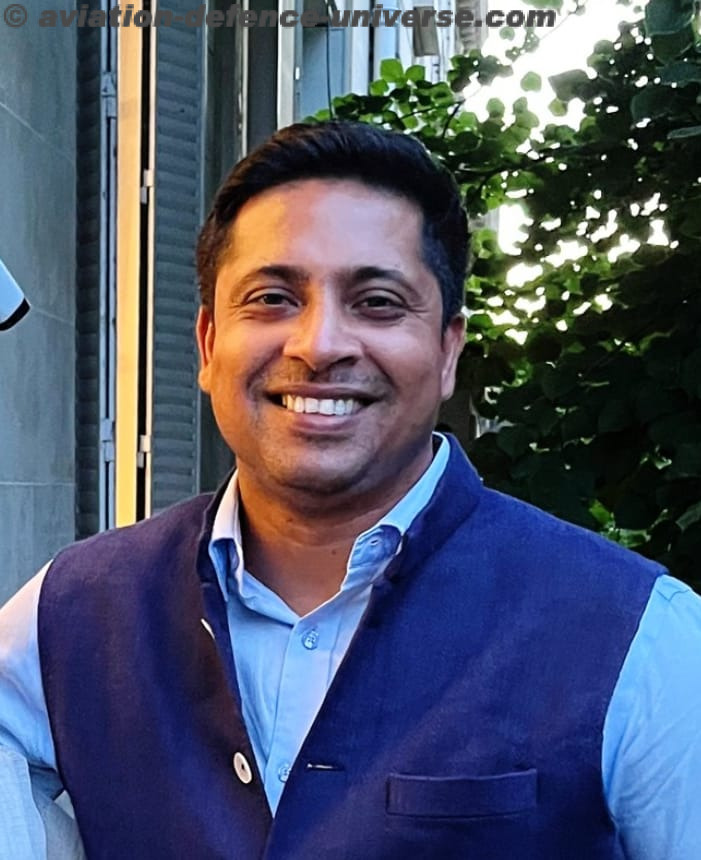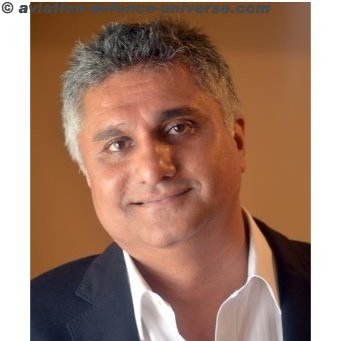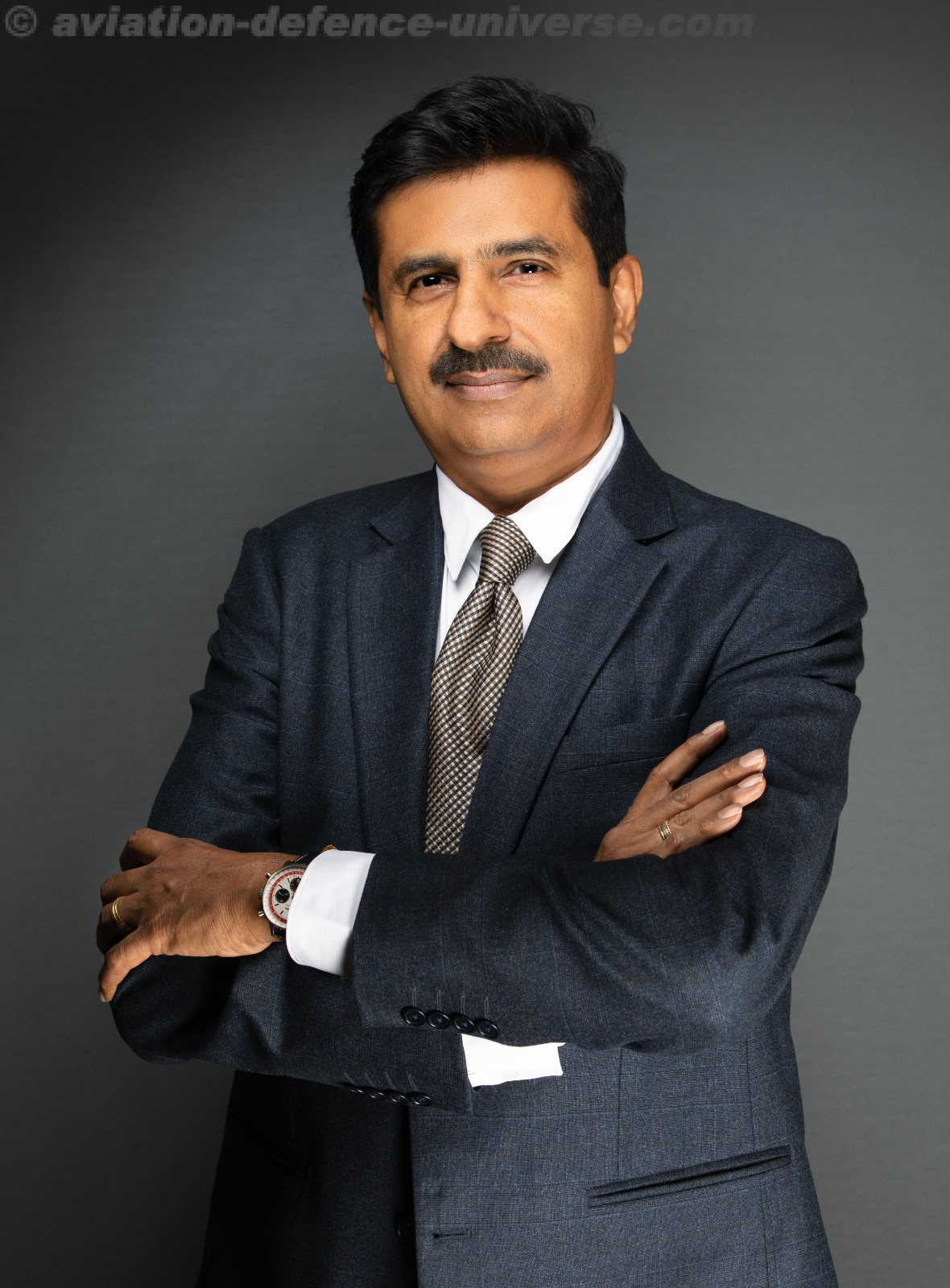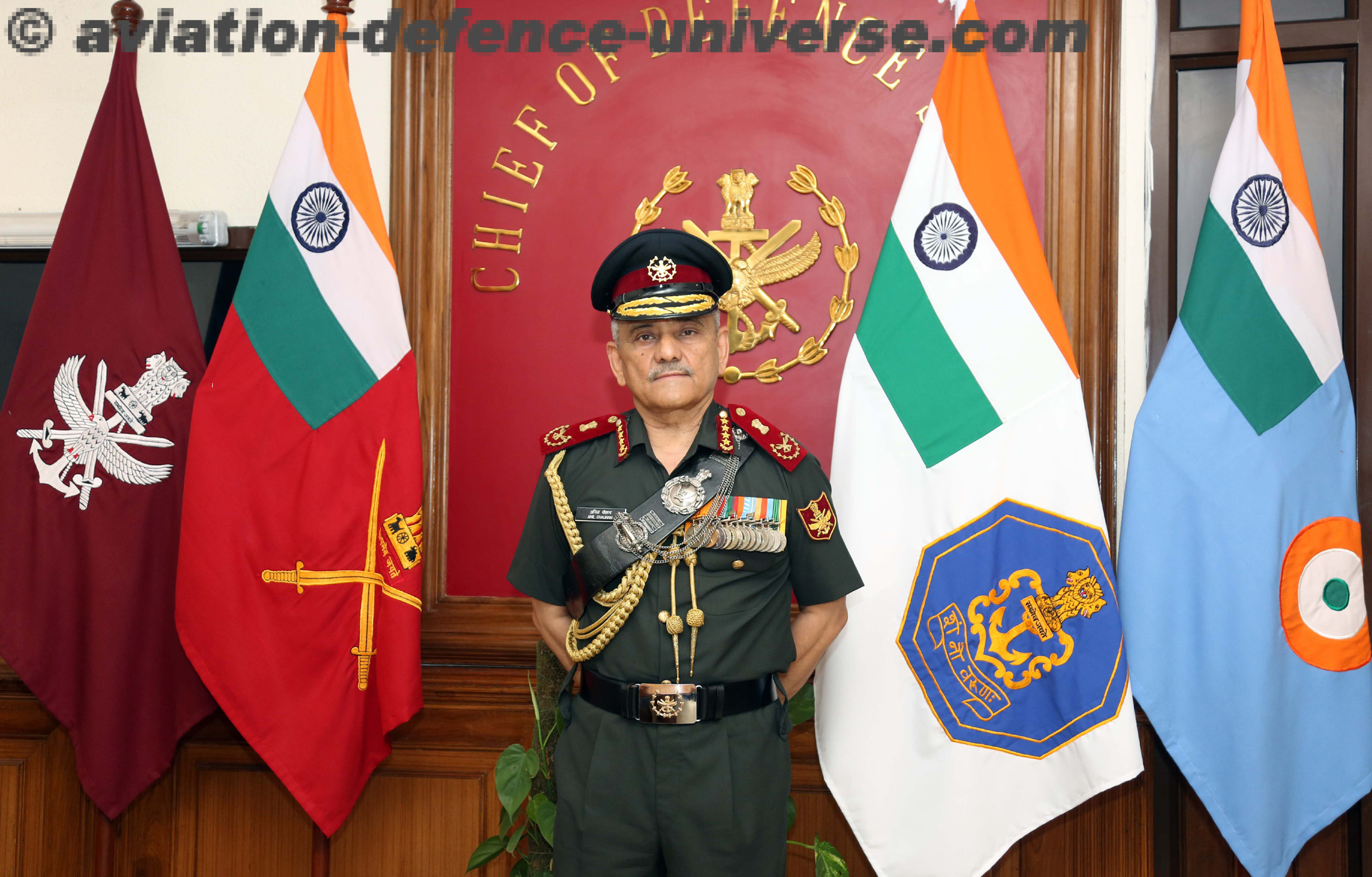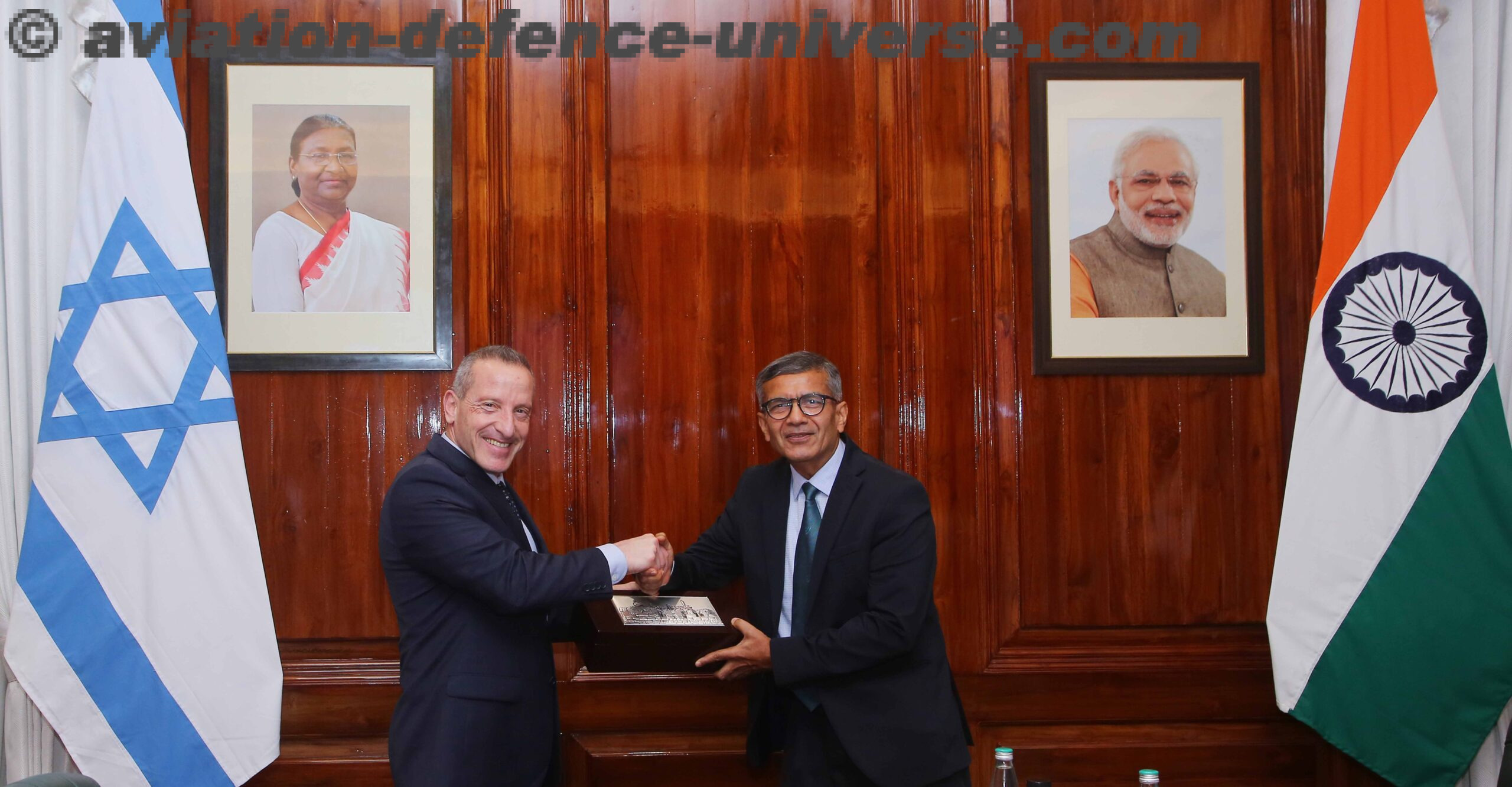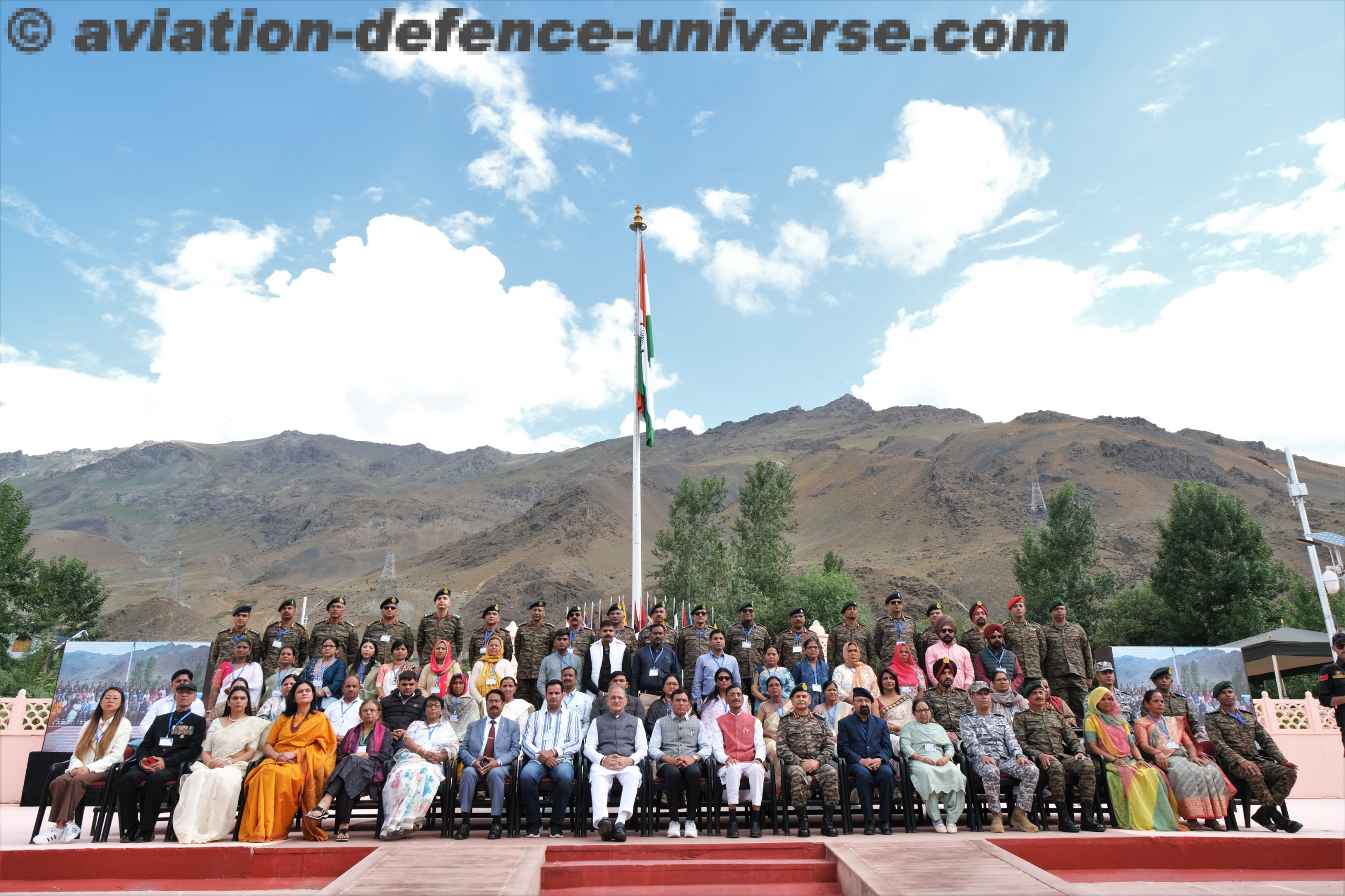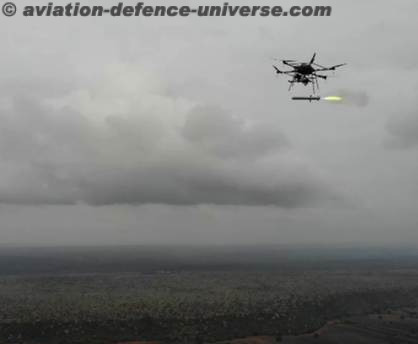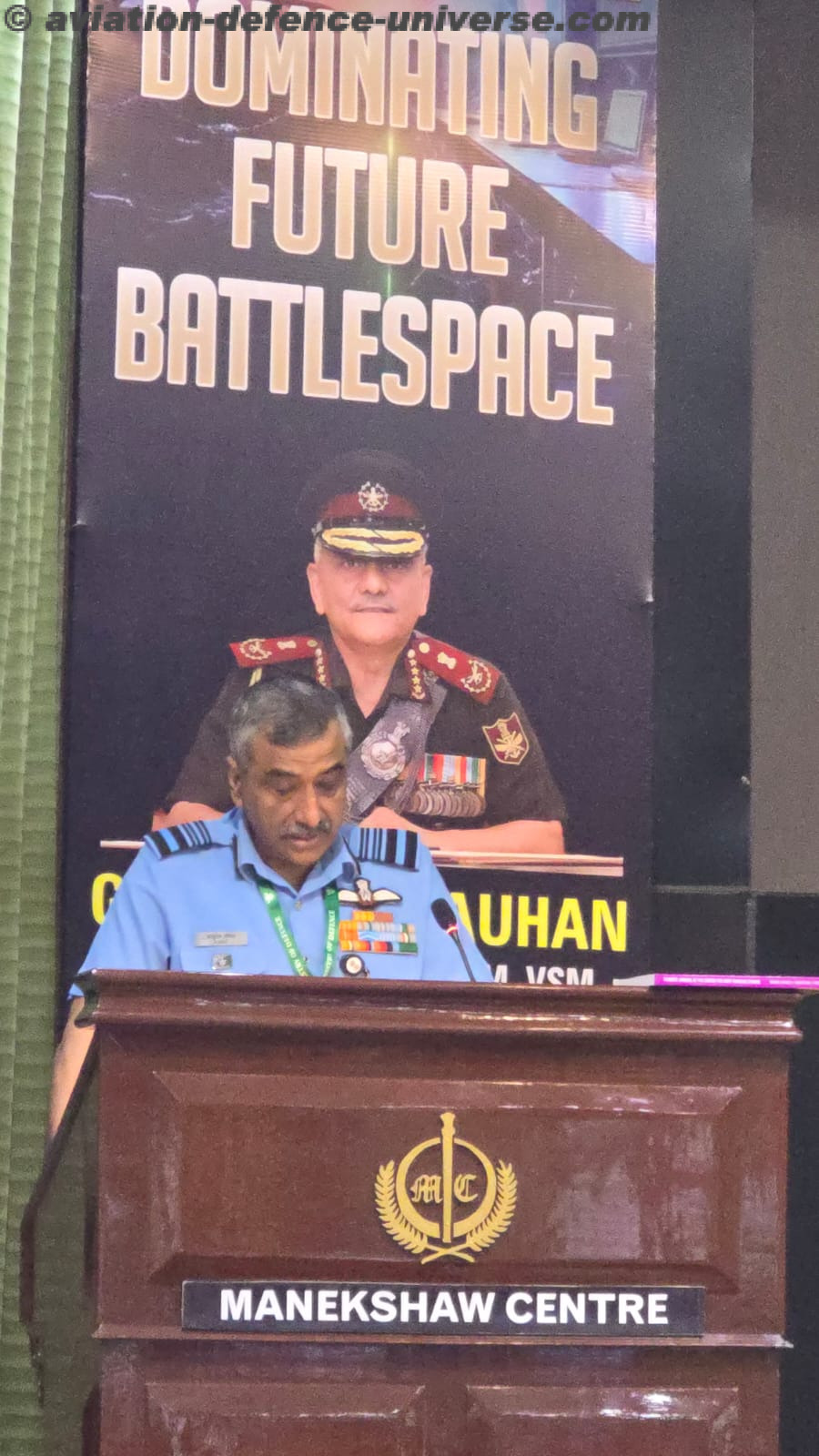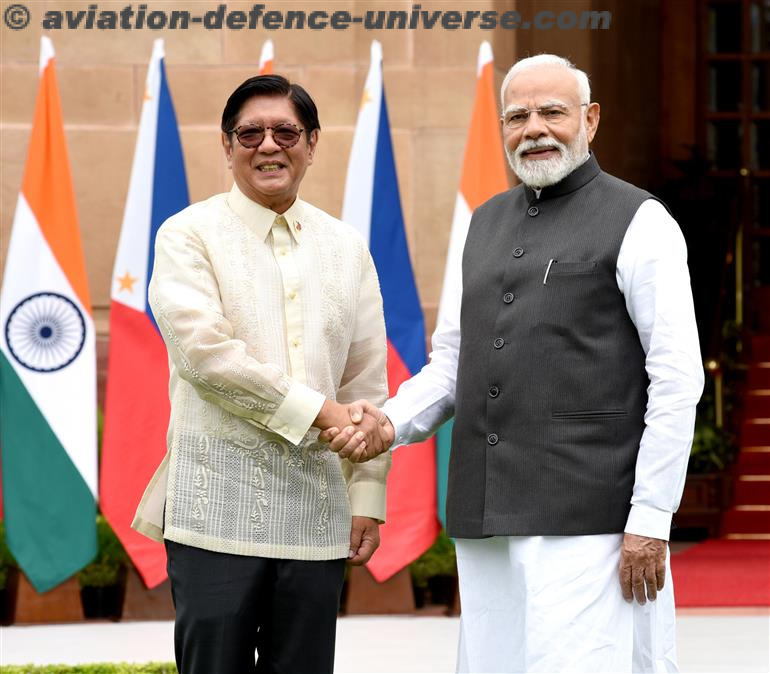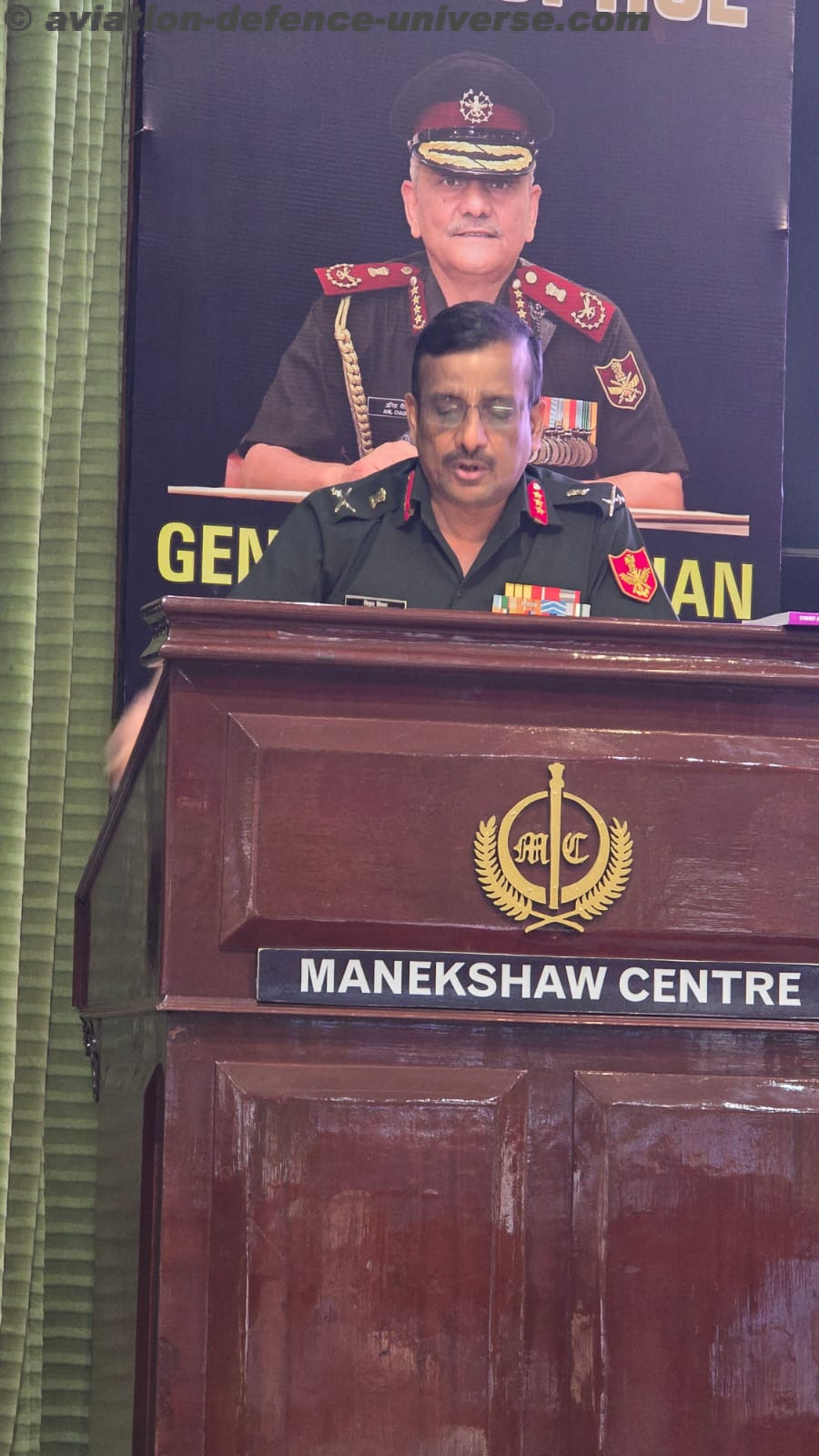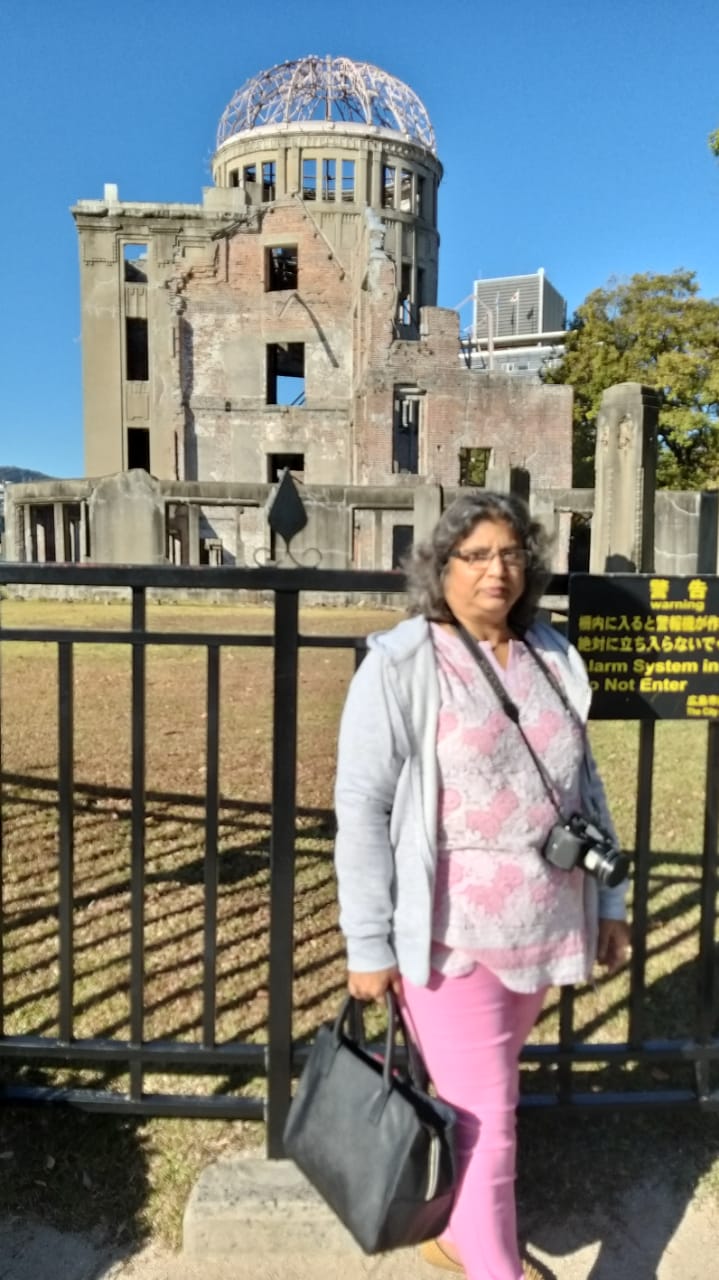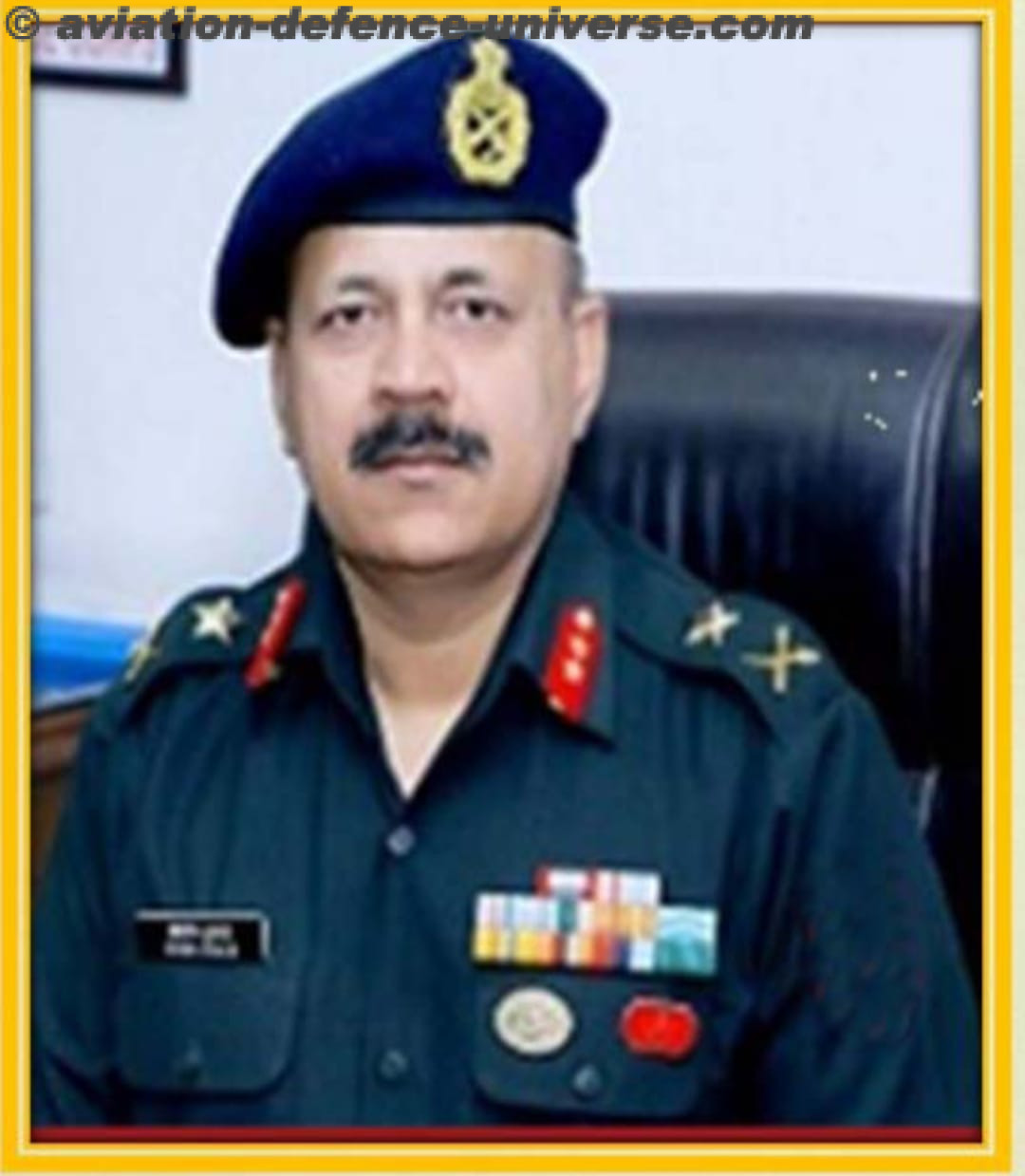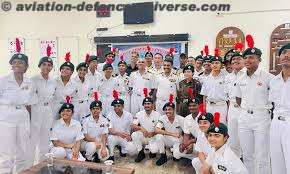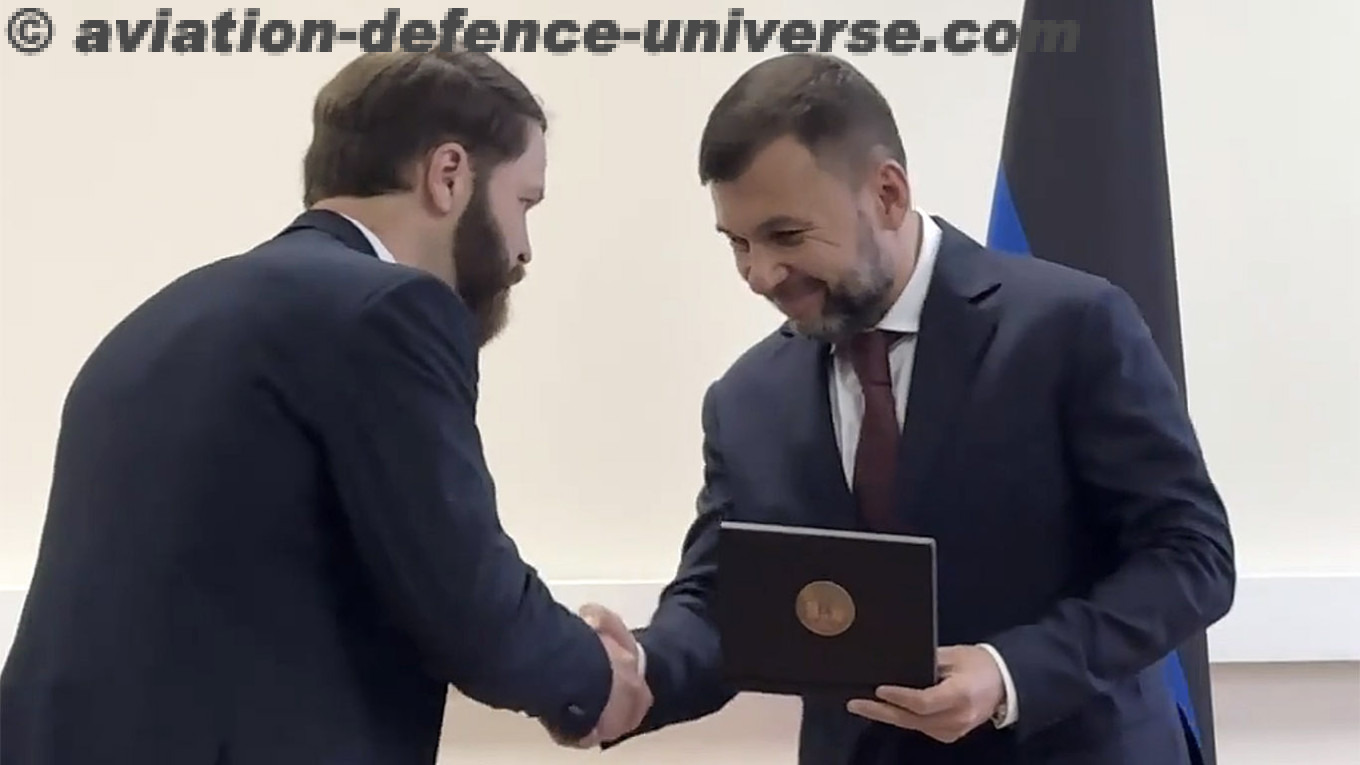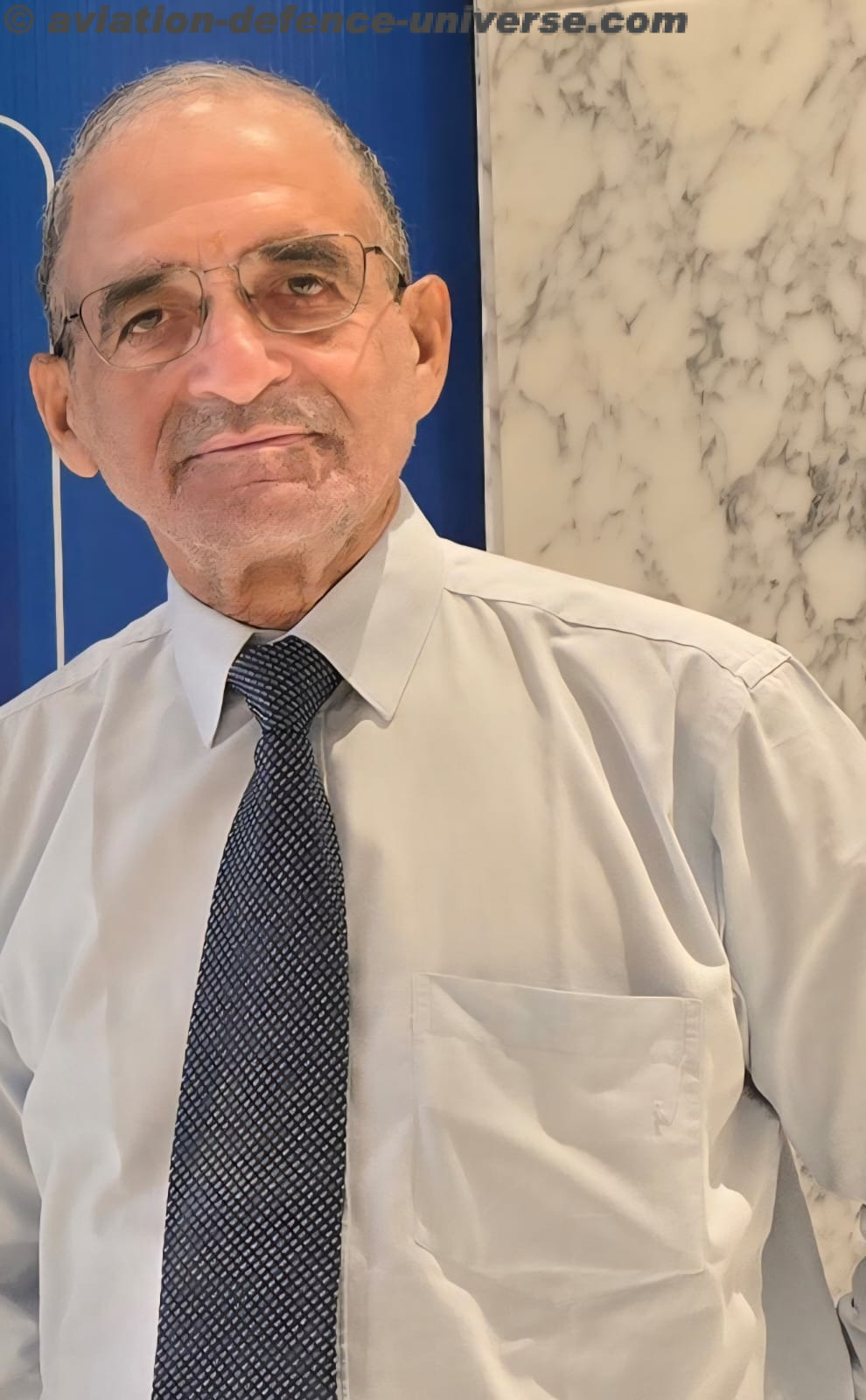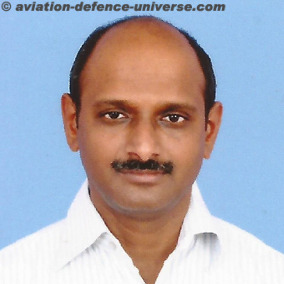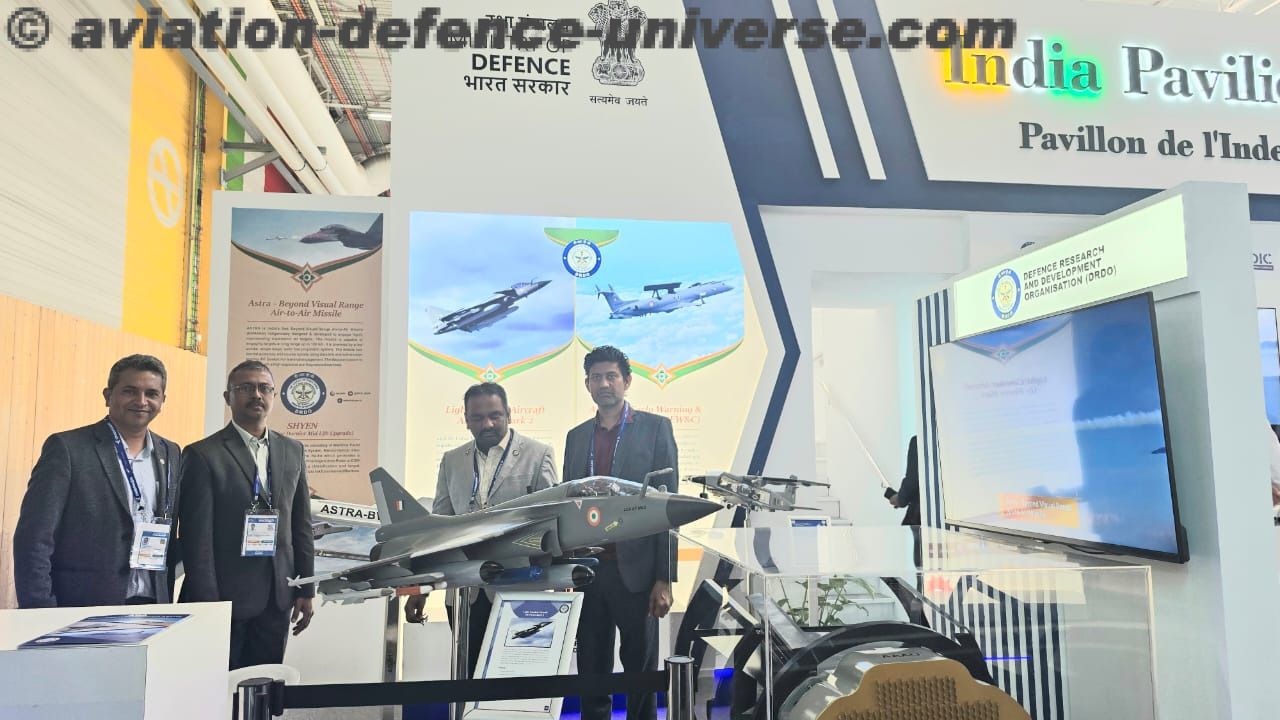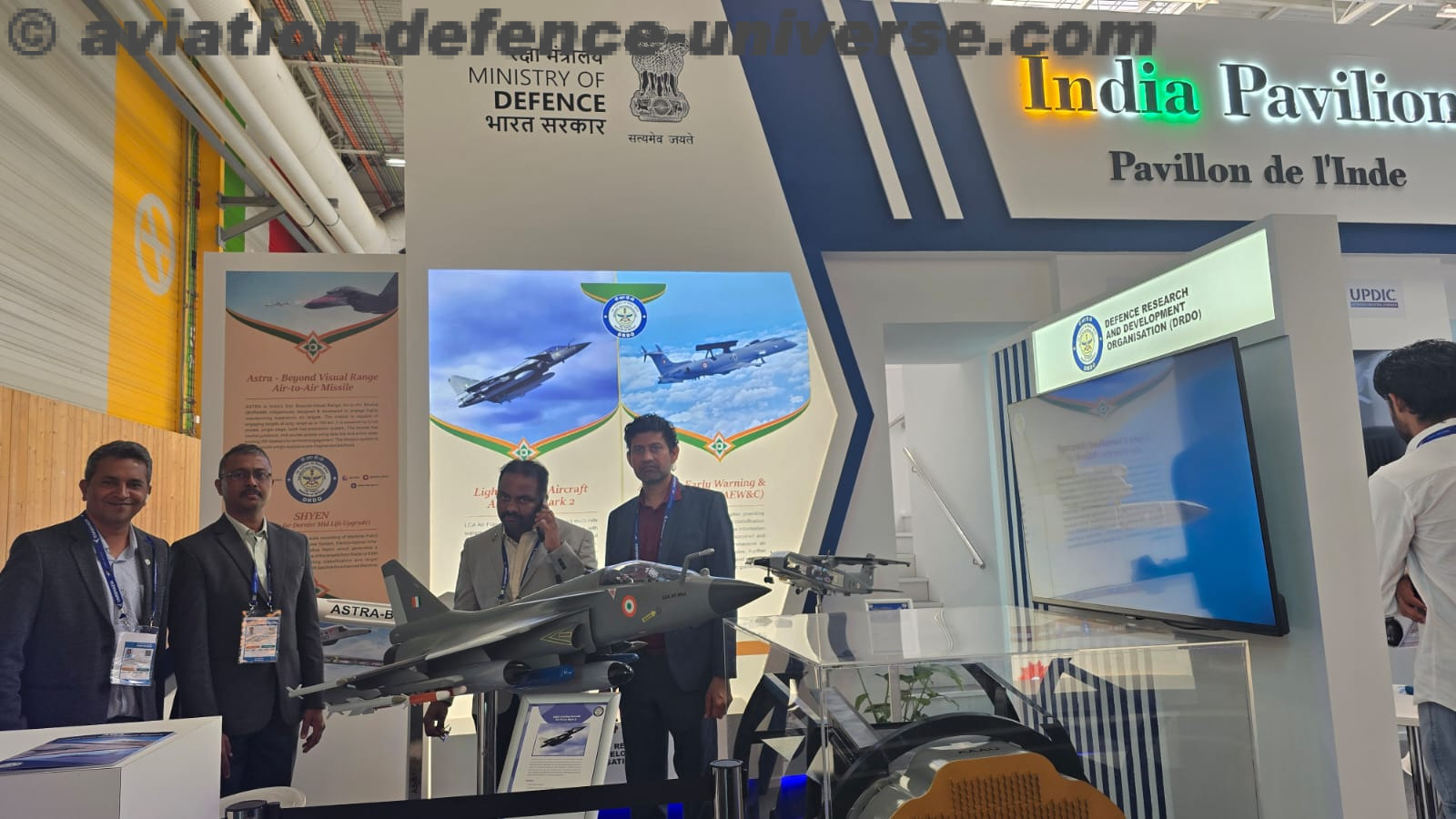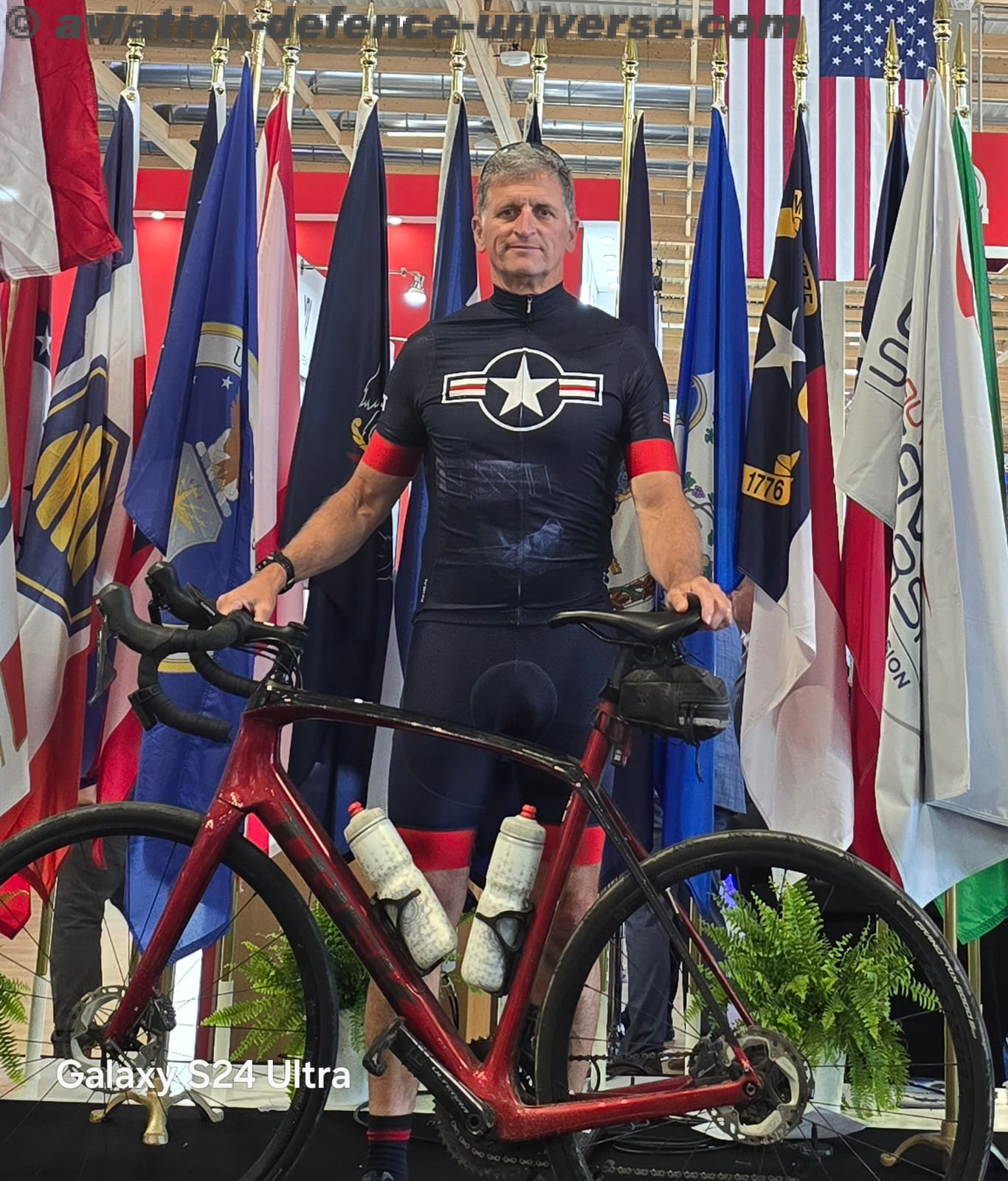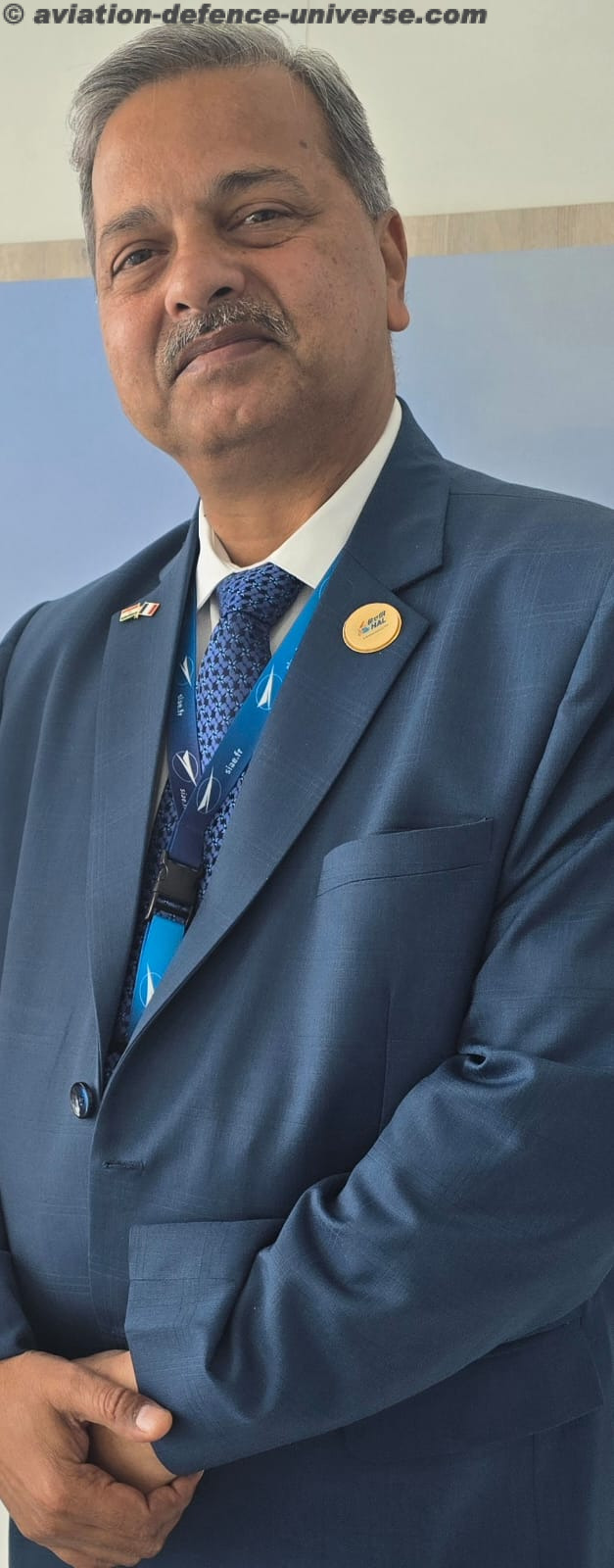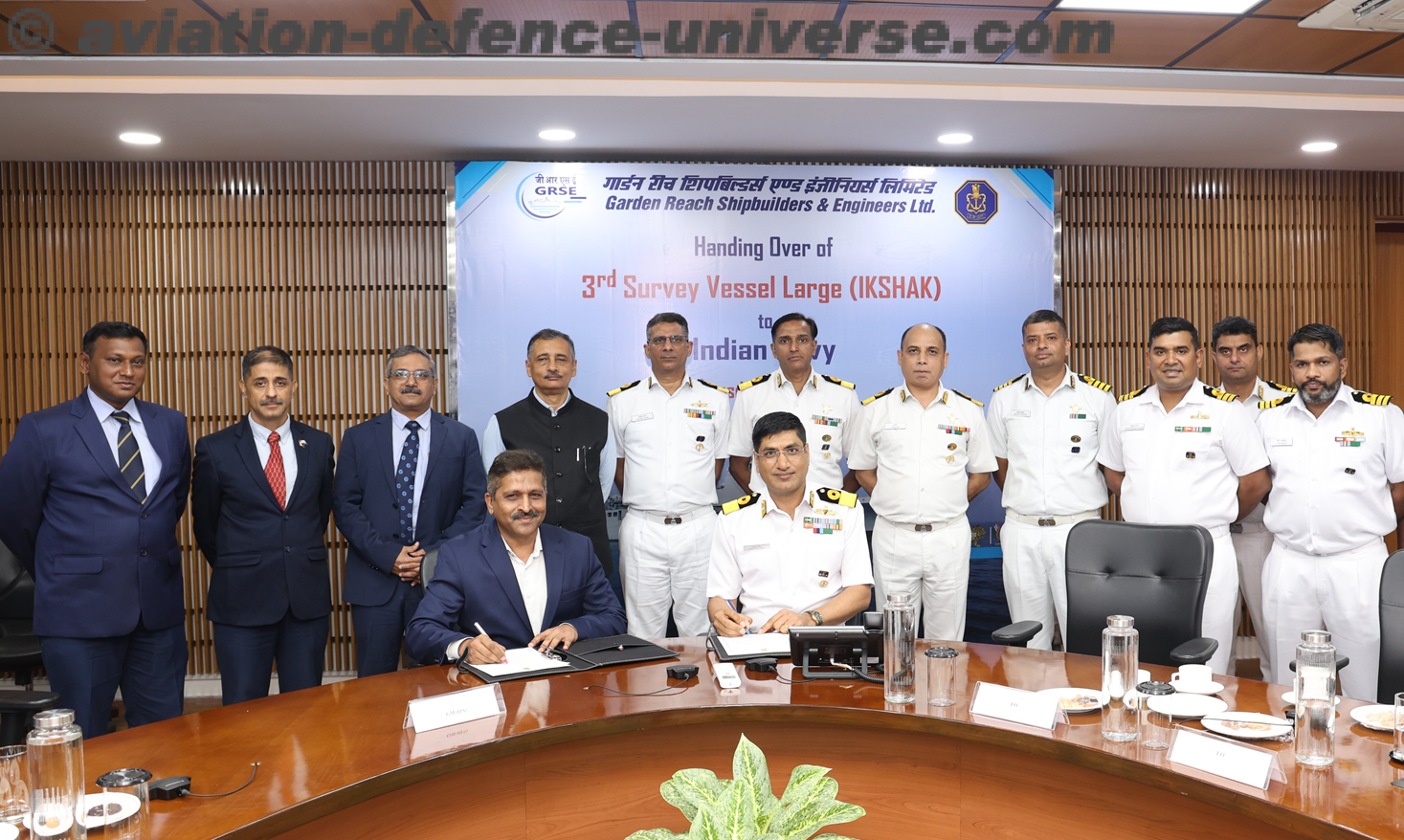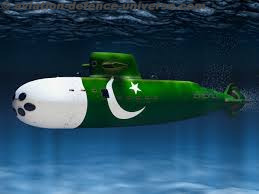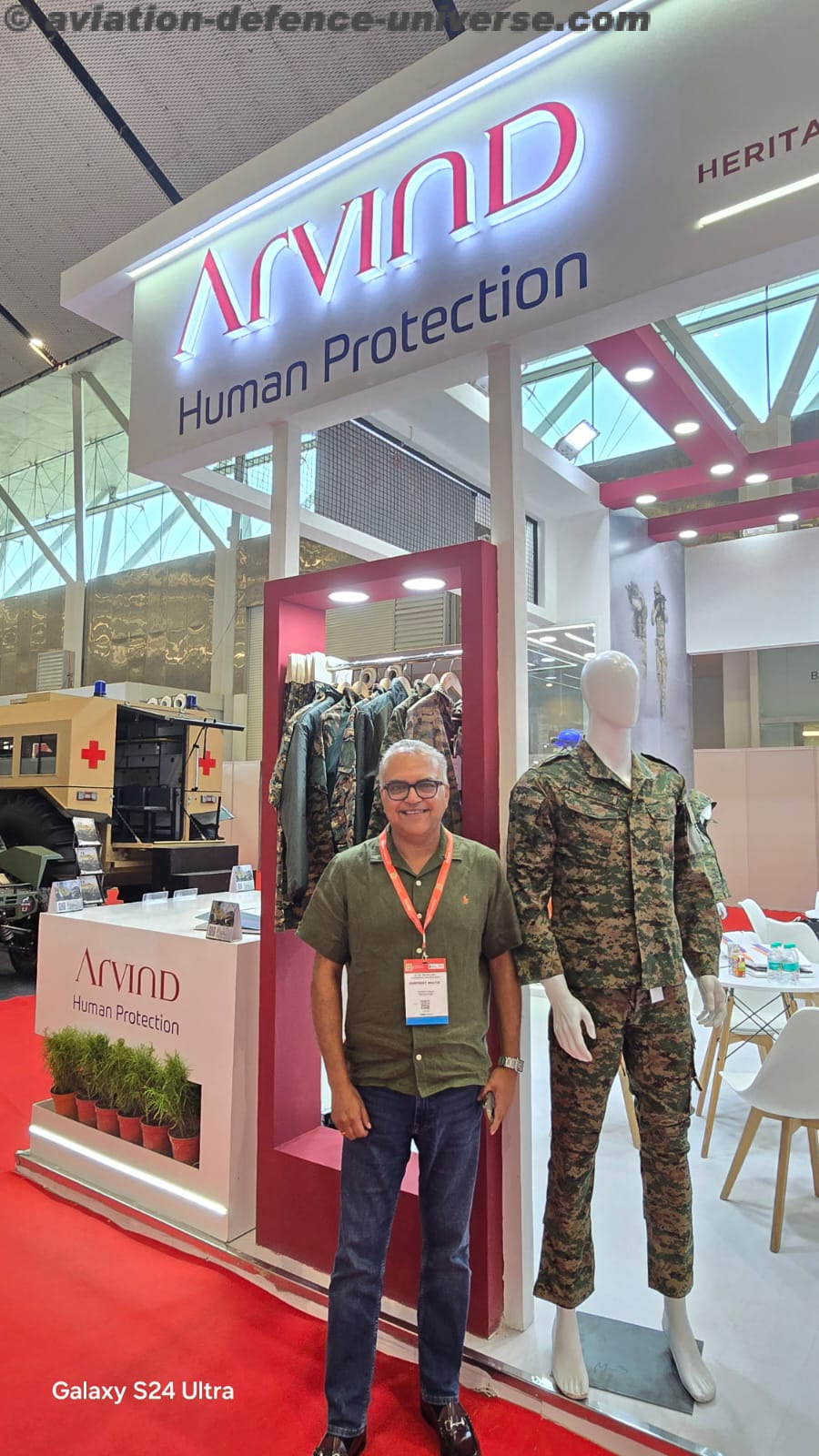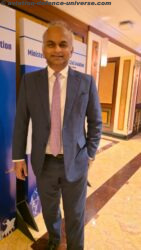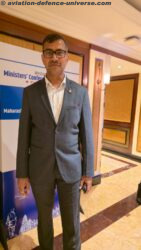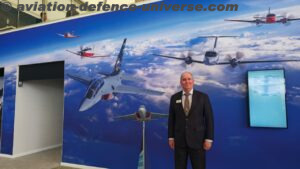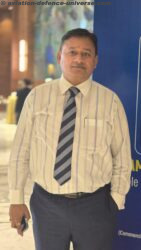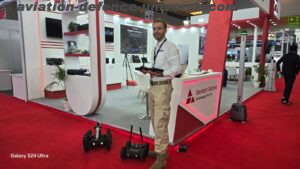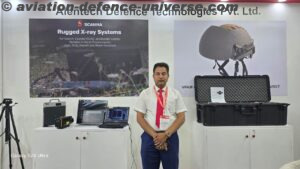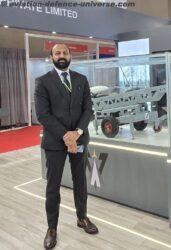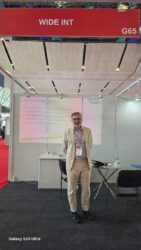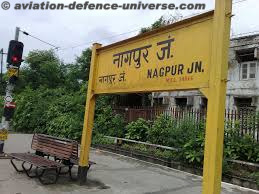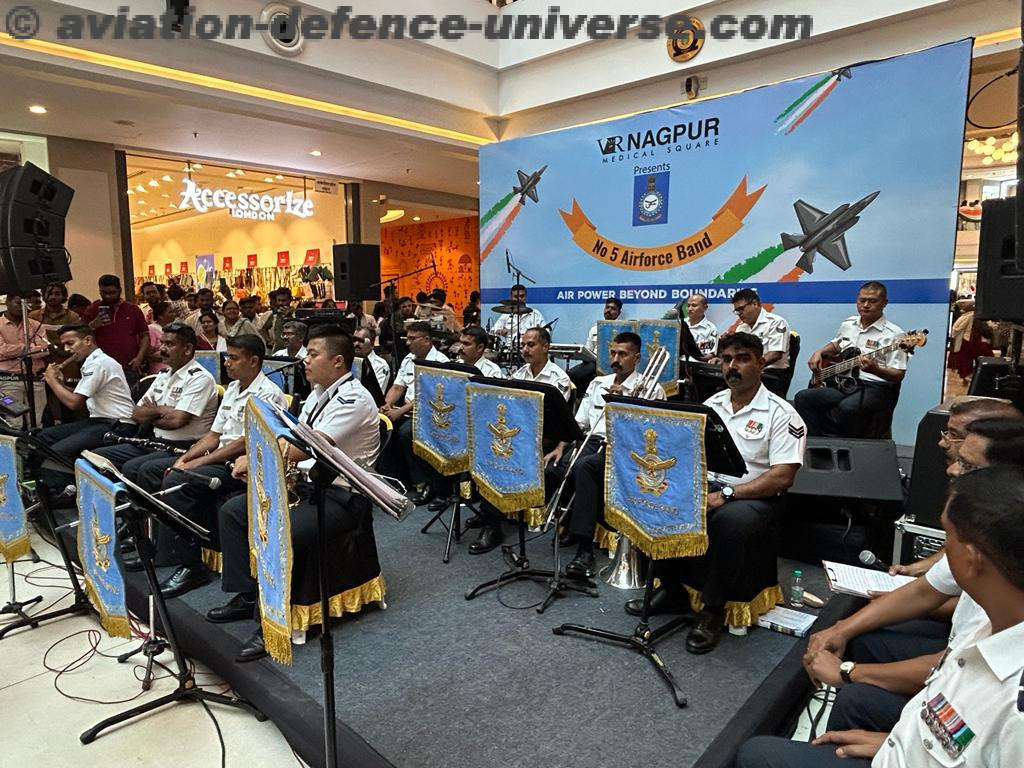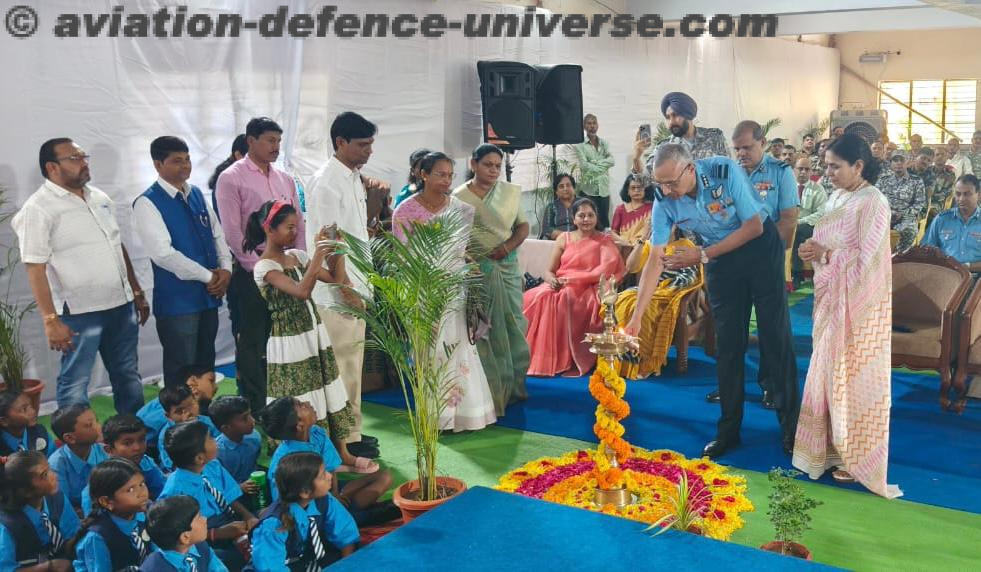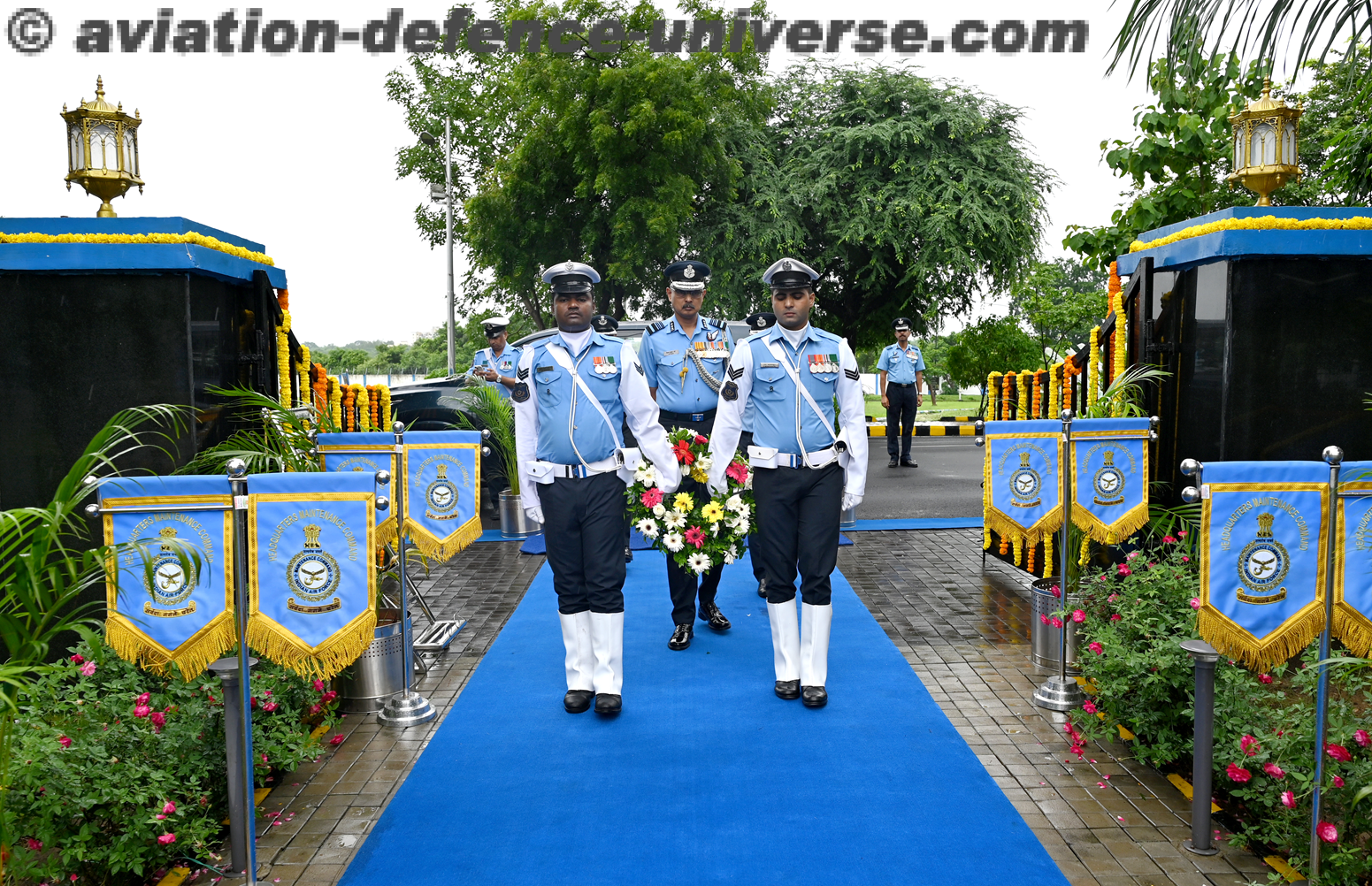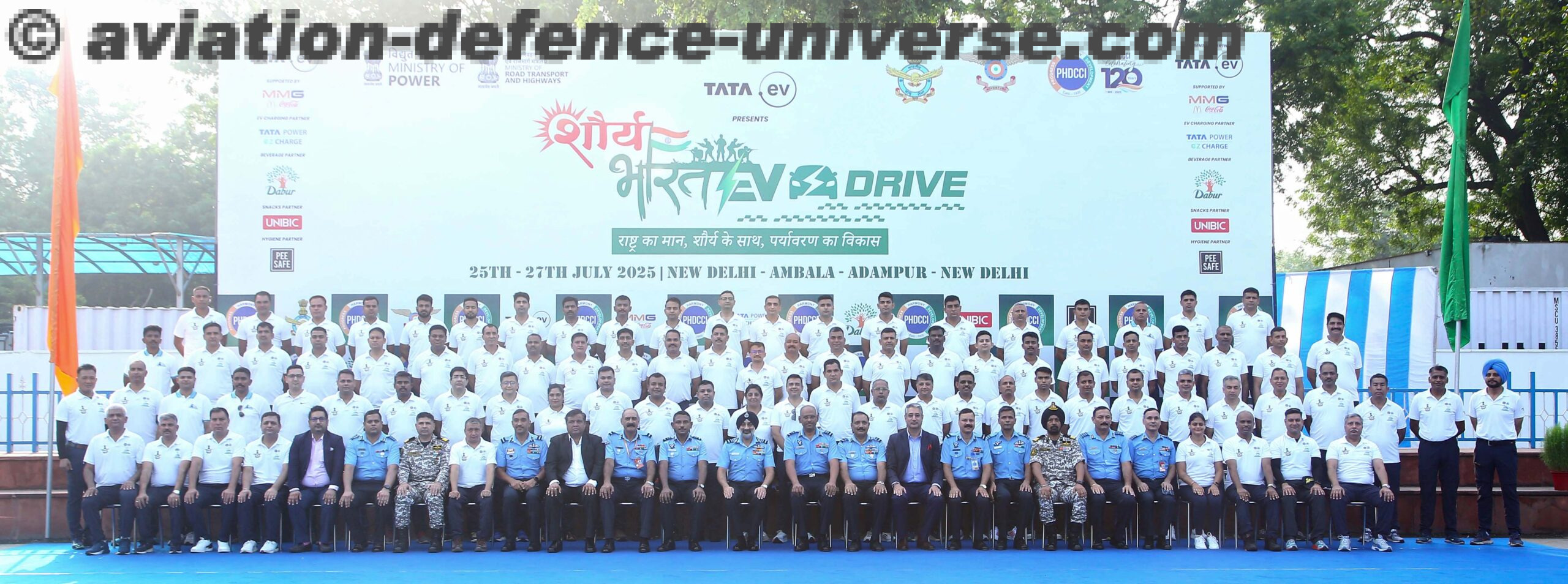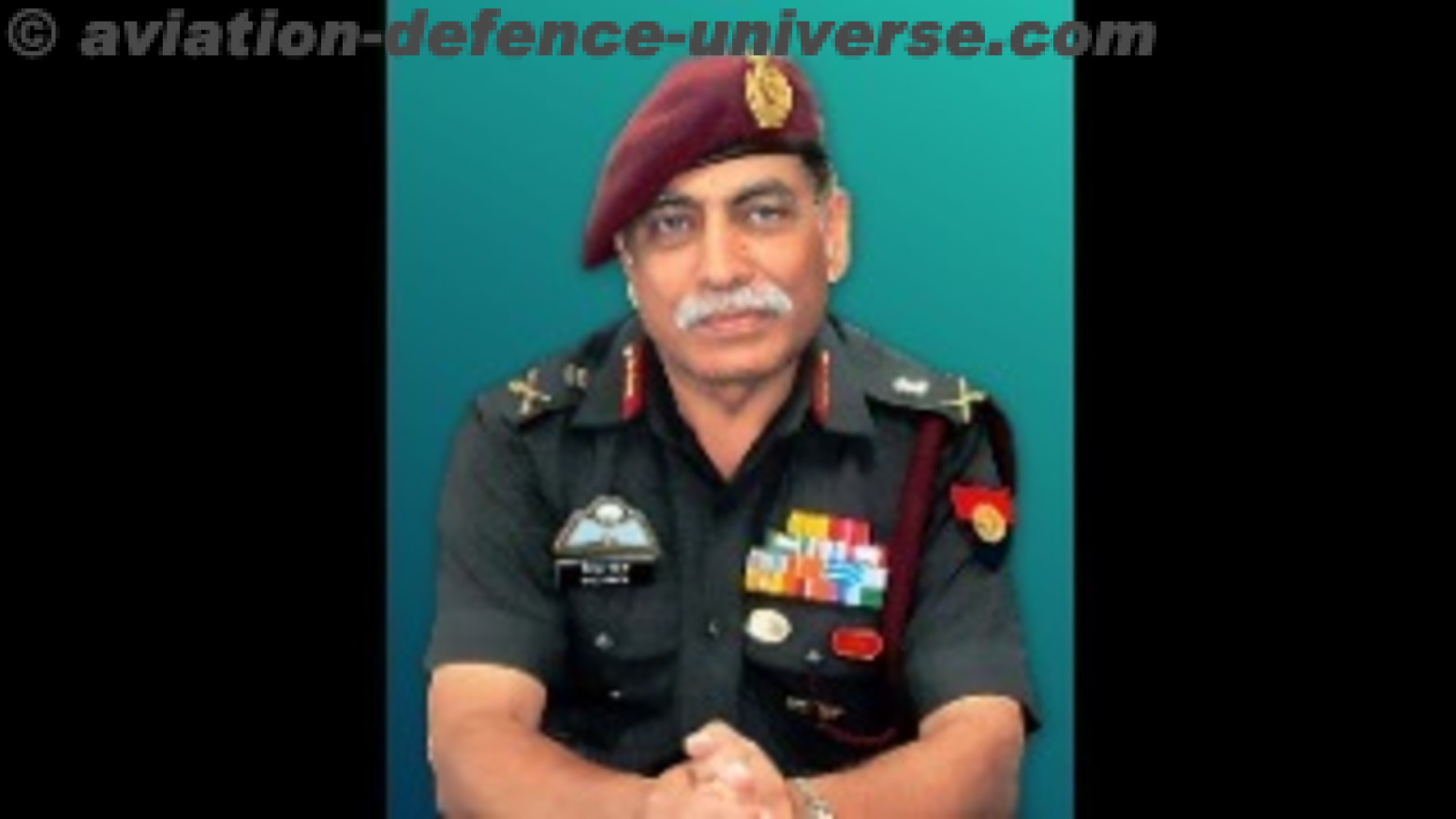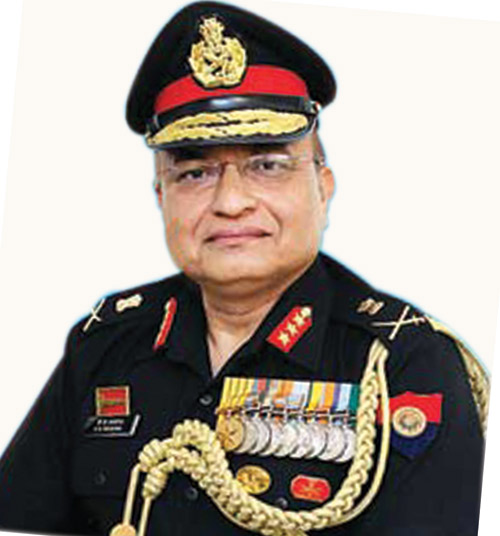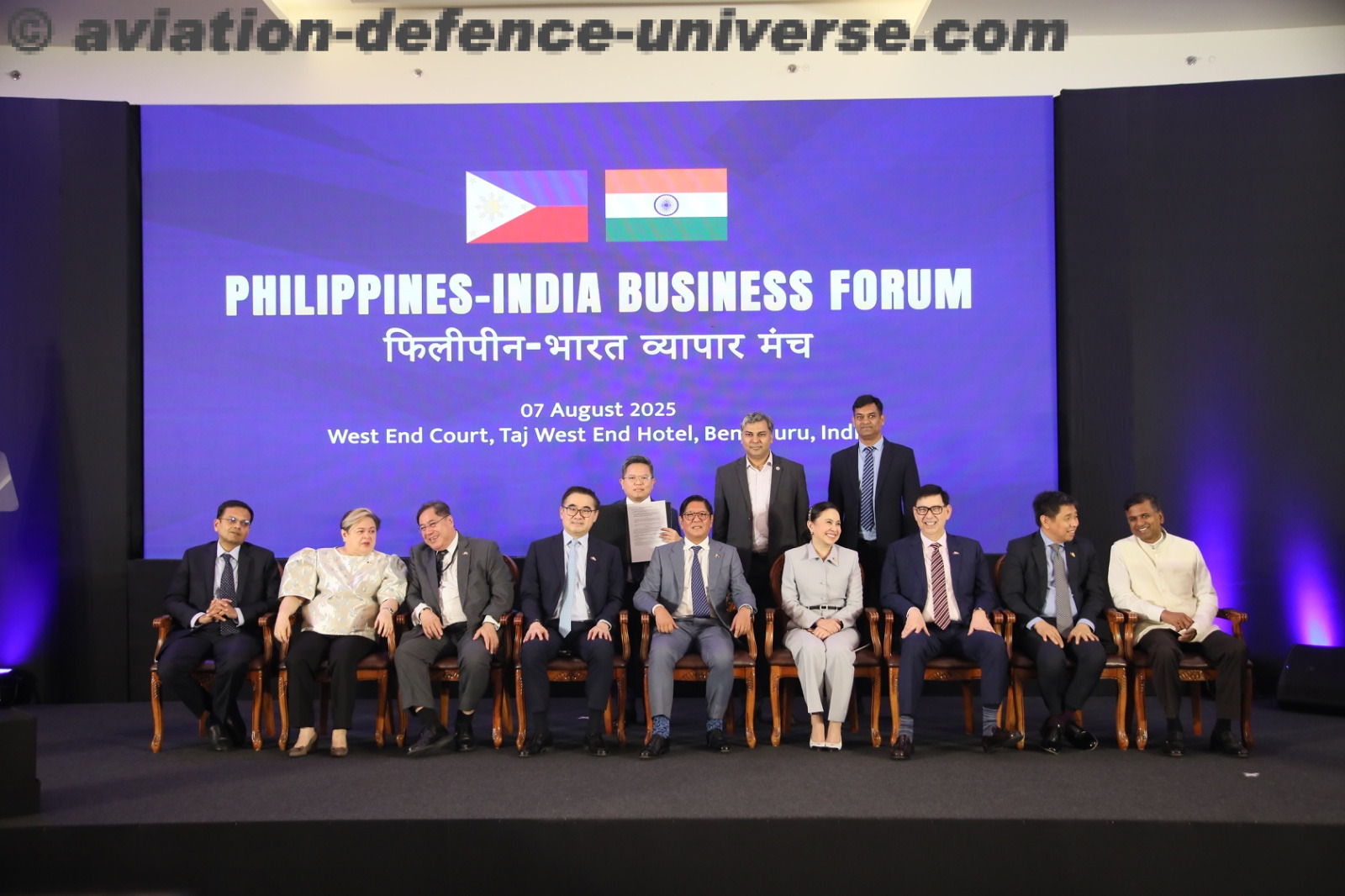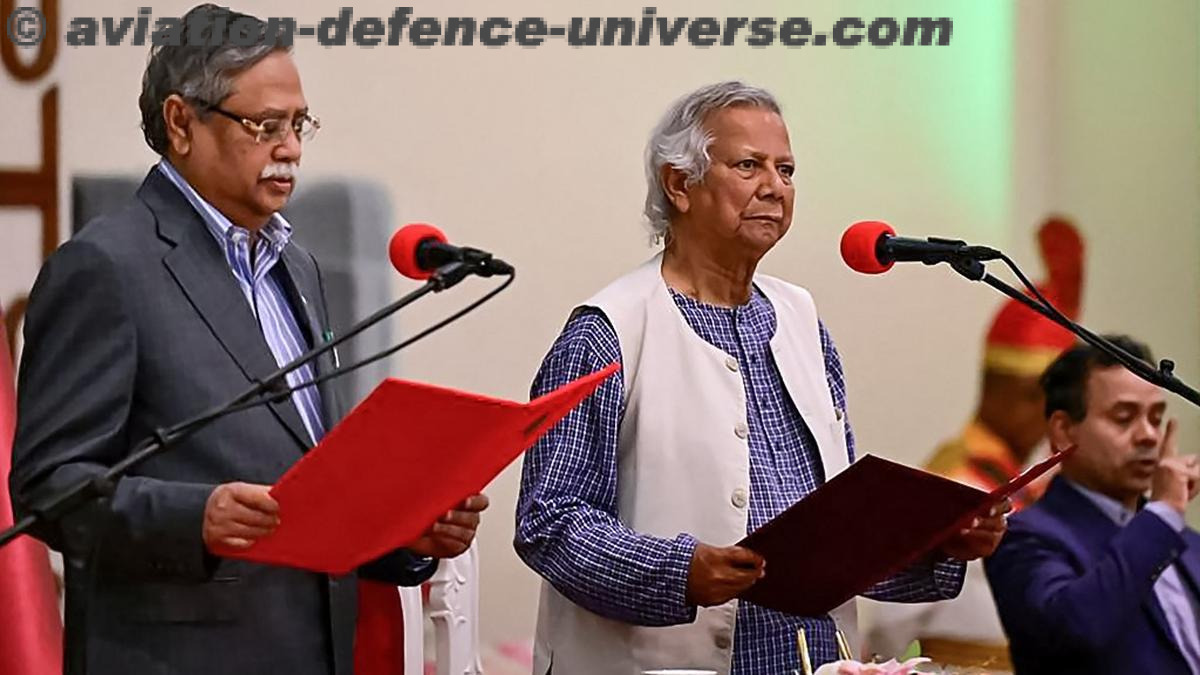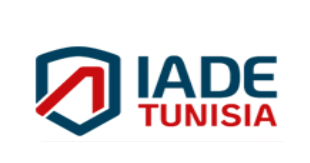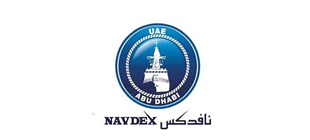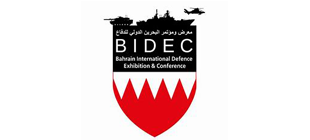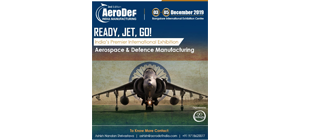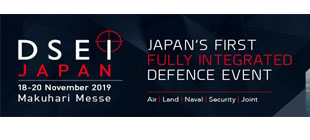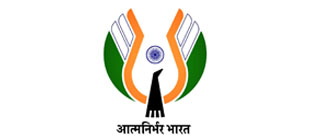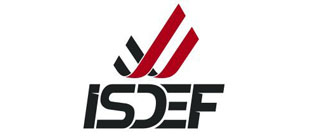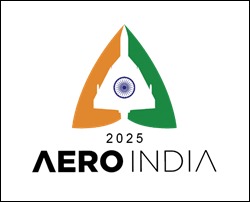- Empowering the Forces. Arvind’s High-Tech Textiles for India’s Defence Needs
By Sangeeta Saxena
New Delhi. 10 May 2025. Established in 1931 in Ahmedabad, Arvind Mills began its journey as a modest textile manufacturer. Over the decades, it steadily grew to become one of India’s largest integrated textile and apparel companies. Known for introducing denim to the Indian market and pioneering the use of advanced weaving technologies, Arvind became synonymous with quality, scale, and innovation. The company has expanded its global footprint, supplying fabrics and garments to some of the world’s leading fashion brands.
As part of its strategic diversification, Arvind established its Advanced Materials division to venture beyond fashion and into high-performance textiles. This move was rooted in a vision to harness the company’s textile engineering strengths for technical applications in defence, infrastructure, automotive, industrial safety, and healthcare. With state-of-the-art R&D labs, vertically integrated manufacturing facilities, and global collaborations, Arvind Advanced Materials has positioned itself as a frontrunner in the domain of technical textiles.
With a legacy built on innovation and excellence in textiles, Arvind’s Advanced Materials division is playing a pivotal role in strengthening India’s self-reliance in defence. At Milipol India 2025, the company showcased its comprehensive portfolio of tactical and performance textiles, including ballistic protection gear, uniforms, load-carrying systems, camouflage solutions, and advanced body armor. In this interview, Gurpreet Singh Bhatia, President & CEO – Advanced Materials, Arvind Ltd., shares insights on the company’s strategic direction, its commitment to the Make in India mission, and the path forward in supporting India’s defence and security forces.
ADU. Arvind has a strong legacy in textiles, but how has the Advanced Materials division evolved to support defence requirements?
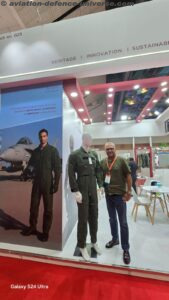
ADU. What were the key highlights of your showcase at Milipol India 2025?
Gurpreet Singh Bhatia. We were proud to display a broad spectrum of defence and tactical textile innovations at Milipol India 2025. This included bulletproof vests, ballistic helmets, and combat uniforms made with advanced flame-retardant and camouflage technologies suited to India’s varied terrains. We also highlighted our integrated approach—designing not just individual products, but end-to-end systems optimized for mobility, protection, and durability. It’s about delivering comprehensive, mission-ready solutions to India’s armed and paramilitary forces.
ADU. Can you talk about Arvind’s capabilities in developing camouflage and multispectral concealment technologies?
Gurpreet Singh Bhatia. Absolutely. Camouflage is no longer just about blending into a background visually—it’s now a multispectral challenge. Our R&D teams have developed camouflage fabrics that provide concealment not only in the visual spectrum but also in infrared and near-infrared ranges. This ensures better protection for soldiers in both day and night operations. We customize these solutions for desert, jungle, and high-altitude terrains to meet the specific operational requirements of different branches of the Indian military.
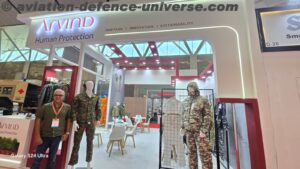
Gurpreet Singh Bhatia. Our uniqueness lies in our vertical integration and deep material science expertise. We design, test, and manufacture everything in-house—starting from advanced fibres and fabrics to the final ballistic vest or helmet. We use a range of materials, including aramid and UHMWPE (ultra-high molecular weight polyethylene), to create lightweight, NIJ-certified solutions tailored for Indian operational conditions. This allows us to maintain full control over quality, performance, and cost—critical for large-scale deployments in India.
ADU. How are you integrating sustainability into your defence product offerings?
Gurpreet Singh Bhatia. Even in defence, sustainability is becoming a strategic imperative. We’re exploring recyclable and reusable materials for tactical gear, reducing water and energy consumption in manufacturing, and developing longer-lasting products that reduce lifecycle costs. Our combat uniforms and protective textiles are engineered to withstand extreme conditions without frequent replacement, which not only reduces environmental impact but also lowers logistical burdens for the forces.
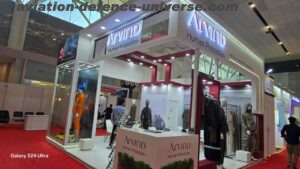
Gurpreet Singh Bhatia. Our vision is to be the preferred Indian partner for high-performance materials across defence, law enforcement, and industrial safety sectors. We’re investing heavily in R&D, expanding our testing and prototyping capabilities, and forming strategic partnerships with global technology leaders. We want to build India’s first end-to-end ecosystem for advanced defence textiles—creating world-class products that are not only made in India but made for India’s unique challenges.
ADU. In any ready-made apparel, the most important point is size. So, how do you manage the sizes of the soldiers?
Gurpreet Singh Bhatia. So, there are two models that we have come up with. One is a regular cut-piece model, which is mass, where every jawan gets to have a standard uniform, which they get tailored. But more recently, with the Indian Navy, we have piloted where end-user garments have been made for a section of the Indian Navy. And within that space, we have actually gone through the units, taken sizes, transformed them into 12 standard sizes.
ADU. And now that we have women soldiers everywhere, so how do you manage uniforms for them in the ready-made sections?
Gurpreet Singh Bhatia. We have this in mind but as a standard, we don’t do it. Actually they don’t ask for garment they ask for fabric and then fabric is stitched. But if an order comes from the forces or para military forces we will be able to do it perfectly.
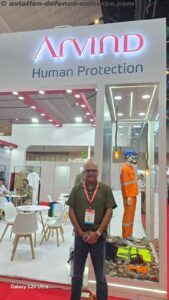
Gurpreet Singh Bhatia. Our dominant facilities are in Ahmedabad. We’ve got a facility in Bangalore and Ranchi each. And a new upcoming facility in Varanasi. We are kind of transforming our facilities to more automation , making them faster, quicker and more reliable. We have a lot of focus on quality.
ADU. Final thoughts on the importance of forums like Milipol India?
Gurpreet Singh Bhatia. Milipol India is an excellent platform that brings together industry leaders, policymakers, and end-users under one roof. It enables meaningful dialogue on emerging threats, operational requirements, and how industry can innovate to serve national security objectives. For companies like Arvind, it’s also an opportunity to listen to our end-users and showcase the breadth of indigenous capability that exists today. We’re proud to be part of this ecosystem and contribute to India’s journey towards self-reliance in critical technologies.
From introducing denim to India to innovating in defence textiles, Arvind has come a long way since 1931. With its Advanced Materials division, the company now leads in high-performance fabrics for ballistic protection, tactical gear, and multispectral camouflage—driving the Make in India mission forward. Today, the company’s advanced textiles portfolio spans ballistic protection, fire-resistant fabrics, geotextiles, filtration solutions, and more. Its expansion into defence, through the development of soldier-centric solutions like bulletproof vests, tactical gear, and multispectral camouflage, underscores Arvind’s commitment to national security and the Make in India mission.
As told to Sangeeta Saxena




